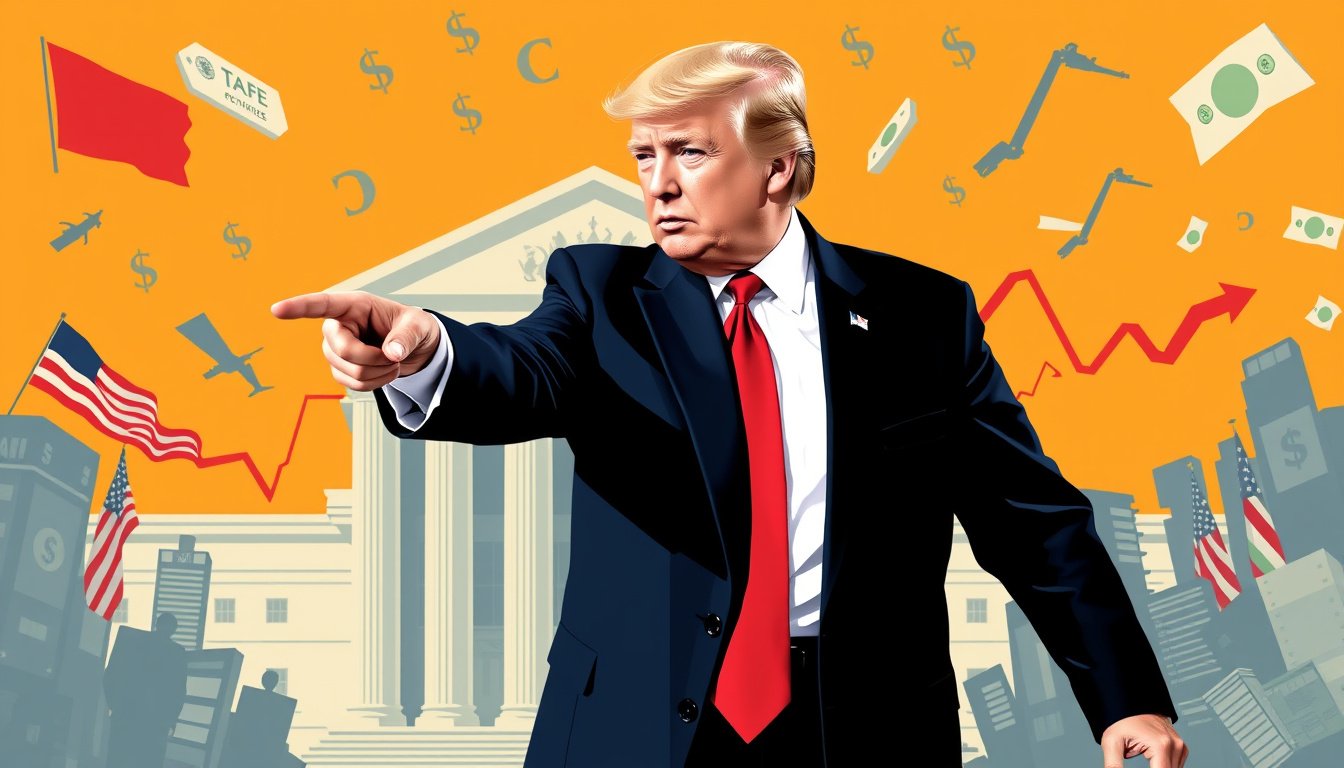As the landscape of the U.S. economy shifts under the weight of ongoing trade tensions and volatile market conditions, President Donald Trump has taken to social media to redirect accountability towards the Federal Reserve and its chair, Jerome Powell. In recent statements concerning job growth and economic indicators, Trump appears to be strategically framing Powell as a scapegoat for the challenges that have emerged during his administration’s trade policies.
The Economic Landscape and Recent Job Reports
Recent data from the private sector highlighted a concerning trend: only 37,000 jobs were added in May, a decrease from the previous month and well below economists’ expectations. This diminished hiring is the second consecutive month of weak performance, raising alarms about the sustainability of employment growth amid Trump’s aggressive trade tactics. Soon after the release of the disappointing job numbers, Trump took to Truth Social to criticize Powell’s inaction regarding interest rates, demanding a reduction to stimulate economic activity.
Trump’s propensity to communicate through social media has amplified his message about the Federal Reserve’s role in economic management. With Europe reportedly lowering interest rates multiple times, the President argues that the U.S. should be following suit, even as his own tariffs contribute to inflationary pressures.
Underlying Economic Concerns
Further scrutiny of economic indicators revealed stagnation in the service sector, with the Institute for Supply Management’s index slipping into contraction territory. A notable decline in new orders suggests that even amidst a supposed easing of trade tensions, businesses remain apprehensive about economic stability. This uncertainty is reflected in the sentiments of various industries, ranging from construction to transportation, which cite tariff-related challenges as a key factor in their cautious business strategies.
Both the ADP and ISM reports provide a snapshot of an economy grappling with inconsistencies and potential downturns—territory that cleanup efforts from the Federal Reserve may not adequately navigate without further strategic insights into the implications of Trump’s trade policies.
Powell’s Dilemma
Jerome Powell and other Federal Reserve officials are operating under the premise that adjustments to interest rates should be based on clear, analytical evidence. Powell himself has expressed a need for clarity regarding the outcomes of trade policies before making significant monetary changes. In his words, the economic environment is characterized by ample "uncertainty" regarding future growth and employment, complications exacerbated by inconsistent tariff implementations.
A Political Tug-of-War
The narrative surrounding blame and responsibility for economic performance is indicative of a broader political strategy. Trump’s attempts to attach the federal responsiveness, or lack thereof, to Jerome Powell could be seen as a diversion from the complexities of his administration’s trade war. While some small businesses flounder under excessive uncertainty, larger corporations are adapting to the shifting landscape, placing additional strain on the labor market.
Amid this political animation, it’s crucial to not lose sight of how economic policies, including those concerning tariffs and interest rates, are intertwined with the broader narrative of economic health. As challenges loom, businesses, policymakers, and consumers alike face a critical period where data and decisions will shape not only the immediate future but also long-term perceptions of economic stability.
The Road Ahead
As these dialogues unfold, the Federal Reserve’s upcoming Beige Book release and subsequent labor statistics will illuminate current economic sentiments across sectors. The Fed’s keen observations in the coming weeks will be vital in determining how monetary policy aligns with the realities of the trade landscape shaped by Trump’s administration.
The discourse around Jerome Powell and the Federal Reserve will likely continue to evolve, reflecting both the president’s frustrations and the intricate dynamics of the U.S. economy amidst unprecedented pressures. As economic indicators fluctuate, understanding the underlying causes and responsibilities will be essential for stakeholders navigating this turbulent juncture.










